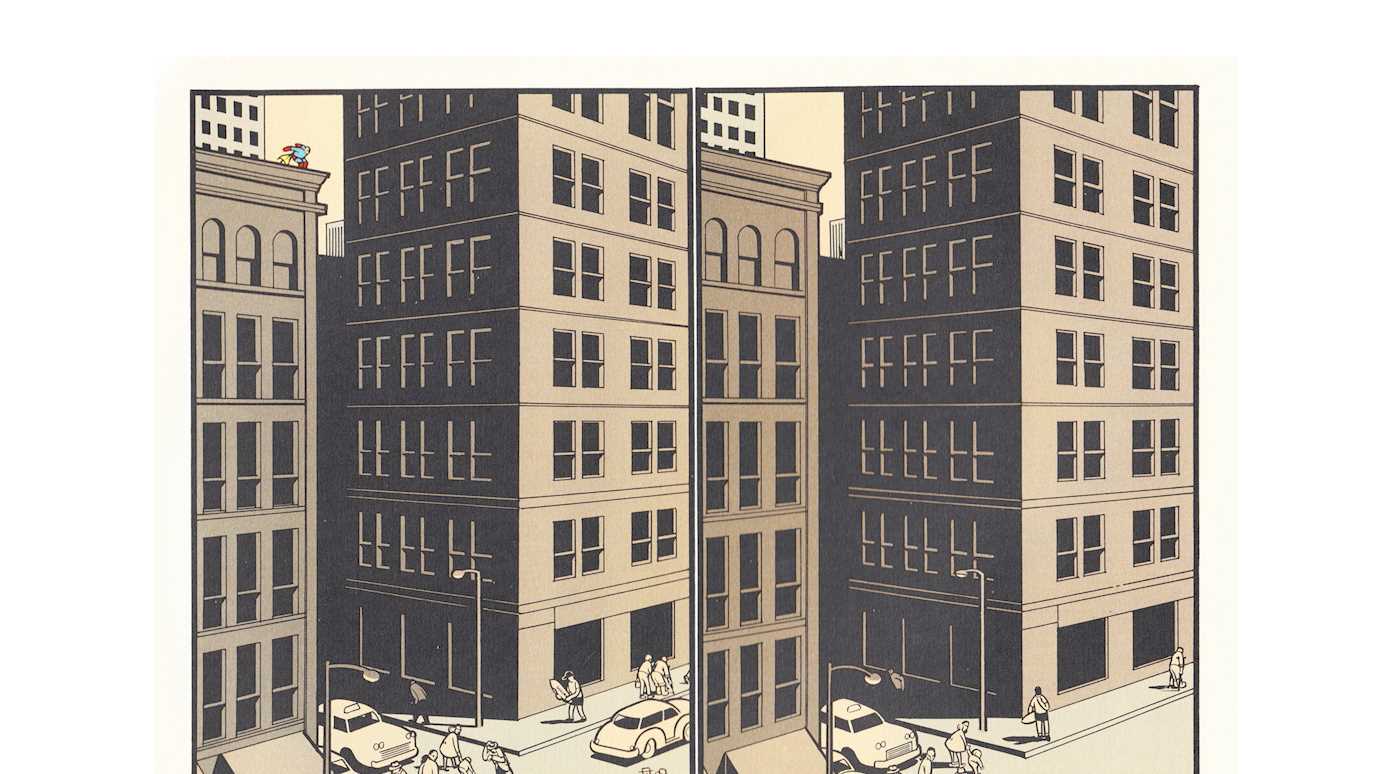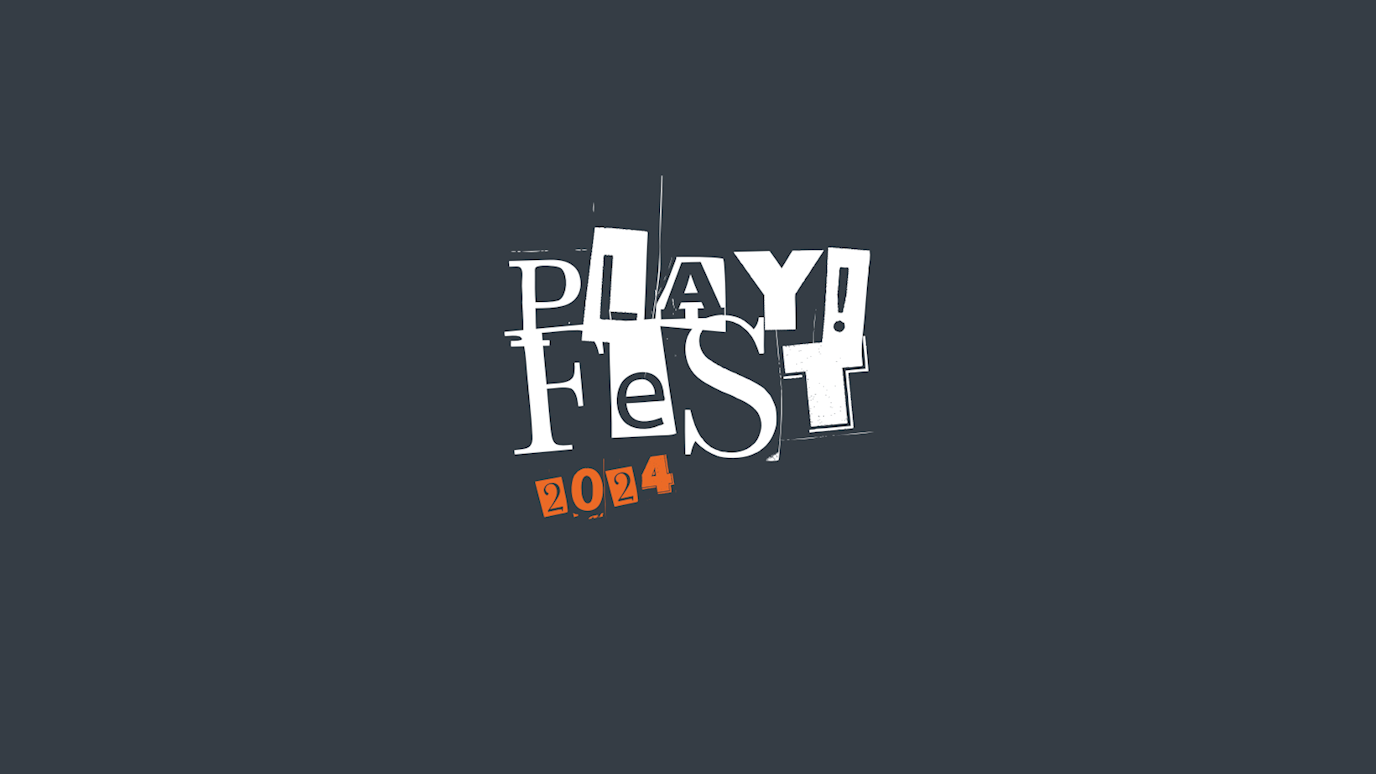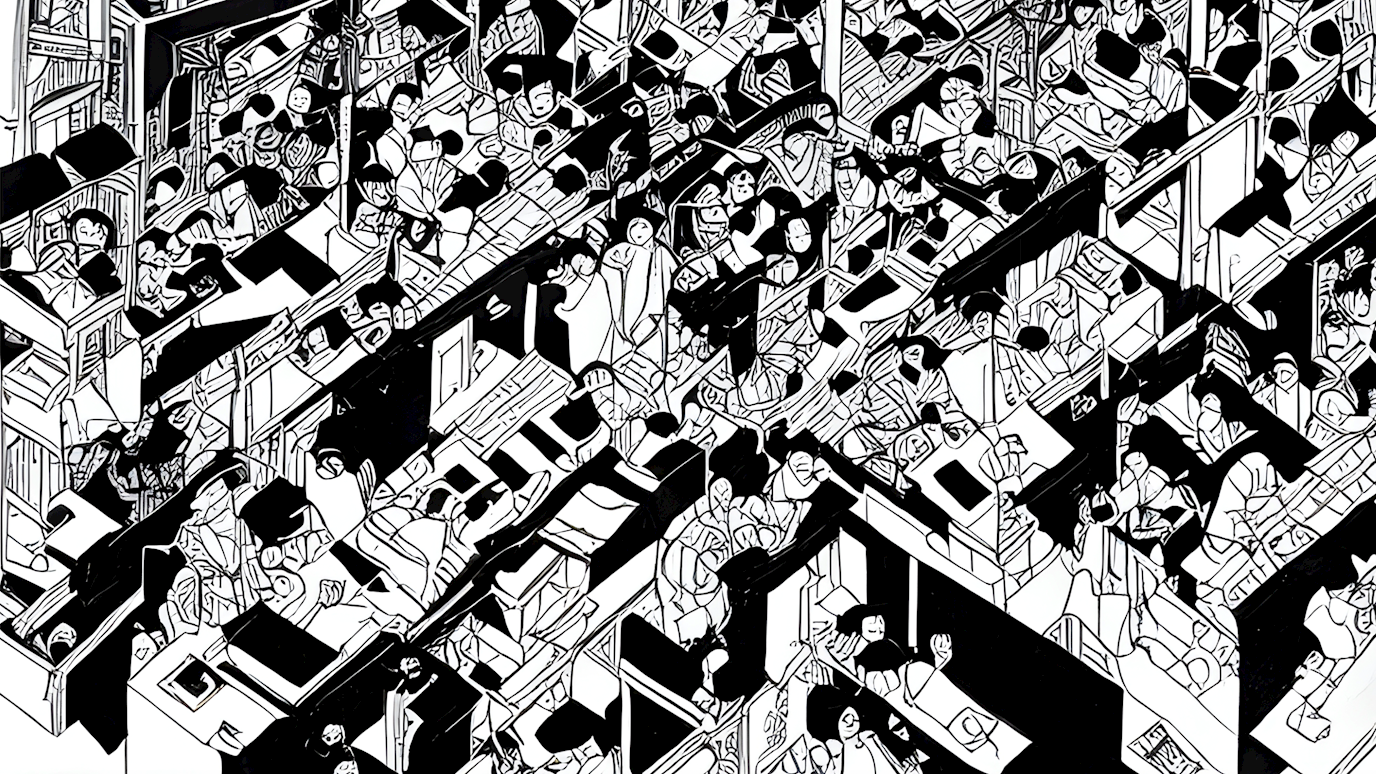Featuring two keynote presentations, a panel discussion, and a Q&A, this event will explore the intersection of comic art and music, in the hope of furthering dialogue in this area.
It’s not the skill of the drawing, or the lines, or the lettering, or the funny words that make a strip work. Timing is the life force of comics. Without a sensitivity to the rhythms and the music—a.k.a. the reality—of life, a comic strip will arrive D.O.A., nothing more than a bunch of dumb pictures.
CHRIS WARE
This event is free and open to all, but registration is required. Please email L.CamachoAcevedo@rhul.ac.uk to sign up.
Speakers:
Dr Armelle Blin-Rolland
Manuel Antonio Castro Córdoba
Presentation abstracts and biographies:
‘Drawing Concerts: Music, Comics, Performance’
Dr Armelle Blin-Rolland
Drawing concerts, an umbrella term for audio-visual performances by comics artists and musicians, are becoming increasingly widespread. This talk will aim to give a sense of the breadth, and consider formal and conceptual aspects, of these collaborative practices. Focusing on processes of doing and making, it will explore what happens when comics artists take to the stage to draw—paint, cut, scratch, erase—in dialogue with musicians.
The talk will first map these practices in relation to a genealogy of interart experimentation; creators’ and theorists’ articulations of correspondences between comics and music; and recent examples of artists engaging with the challenge of representing music on the page. It will then examine the productive ways in which drawing concerts are both not comics and becoming part of comics culture, as well as useful case studies for an understanding of music as performance and through intermediality and multimodality. Drawing on new materialism and performance studies, it will develop the notion of ‘dissemediation’ to approach graphic-music cross-pollination, analyse assemblages of technology, tools, bodies, sounds and images on stage, and explore questions of in-betweenness, narrative, materiality and liveness. With reference to performances by comics collective Eina, Zeina Abirached and Stéphane Tsapis, and Vincent Fortemps’ audio-visual collaborations, this talk will discuss some of the aesthetic and political resonances between graphic art and music in performance and in contemporary (Francophone) culture, and explore how the experience and study of these interactions can develop our understanding of audio-visual practices between and beyond media.
Dr Armelle Blin-Rolland is a Lecturer in French and Francophone Studies at Bangor University. She specialises in adaptation from and into literature, film and comic art; audiovisuality; intermediality; theories of voice across media; ecocriticism; and Breton comic art. Her work has appeared in European Comic Art, Modern Languages Open, and Modern and Contemporary France. She is the author of Adapted Voices: Transpositions of Céline’s ‘Voyage au bout de la nuit’ and Queneau’s ‘Zazie dans le métro’ (Oxford: Legenda, 2015).
‘The Squaring of the Beat’
Manuel Antonio Castro Córdoba
From Goethe’s definition of architecture as ‘frozen music’, to Kandinsky’s synchronising of colour and sound, and Eisenstein’s distinction between rhythmic, harmonic, tonal and intellectual montage—there is a long history of vague and poetic comparisons between music and the rest of the arts. Perhaps comics have more right to this unseemly comparison. Many of the best cartoonists have been involved in underground music scenes (the Fort Thunder movement), some of them were or remain avid record collectors (Deitch, Crumb), more than a few have produced artwork for music acts (Panter) or published comics dealing with the world of music (Love & Rockets, Jazzbug). But beyond these biographical or thematic connections, there exists a deeper formal lien between music and comics. Chris Ware and others have emphasised that cartooning is a language with which to express time.
The same could be said about cinema or poetry. In what way is the rhythm of comics any different? It is time dealt in framed punctums, arrested in moments of stillness, cut up in beats arranged across space. These sequences of time-beats, encapsulated in each panel, give comics a distinct sense of music which we will explore in this talk, using examples ranging from Peanuts and the early comic-strips, to Ivan Brunetti’s Schizo and other recent forms of the graphic novel.
Manuel Antonio Castro Córdoba is the author of ‘5 aproximaciones y 1 coda a Mount Olympus de Jan Fabre’ in Todo hombre necesita un poco de locura (Murcia: Cendeac, 2016). His work has appeared in Asymptote, Muy Historia, and El Estado Mental. He has given conferences and taught courses on French, Spanish, and English literature, and has worked extensively as a translator for art galleries and museums across Spain.
Organised by L. C. Acevedo, and funded by the University of London PGR Fund.
























